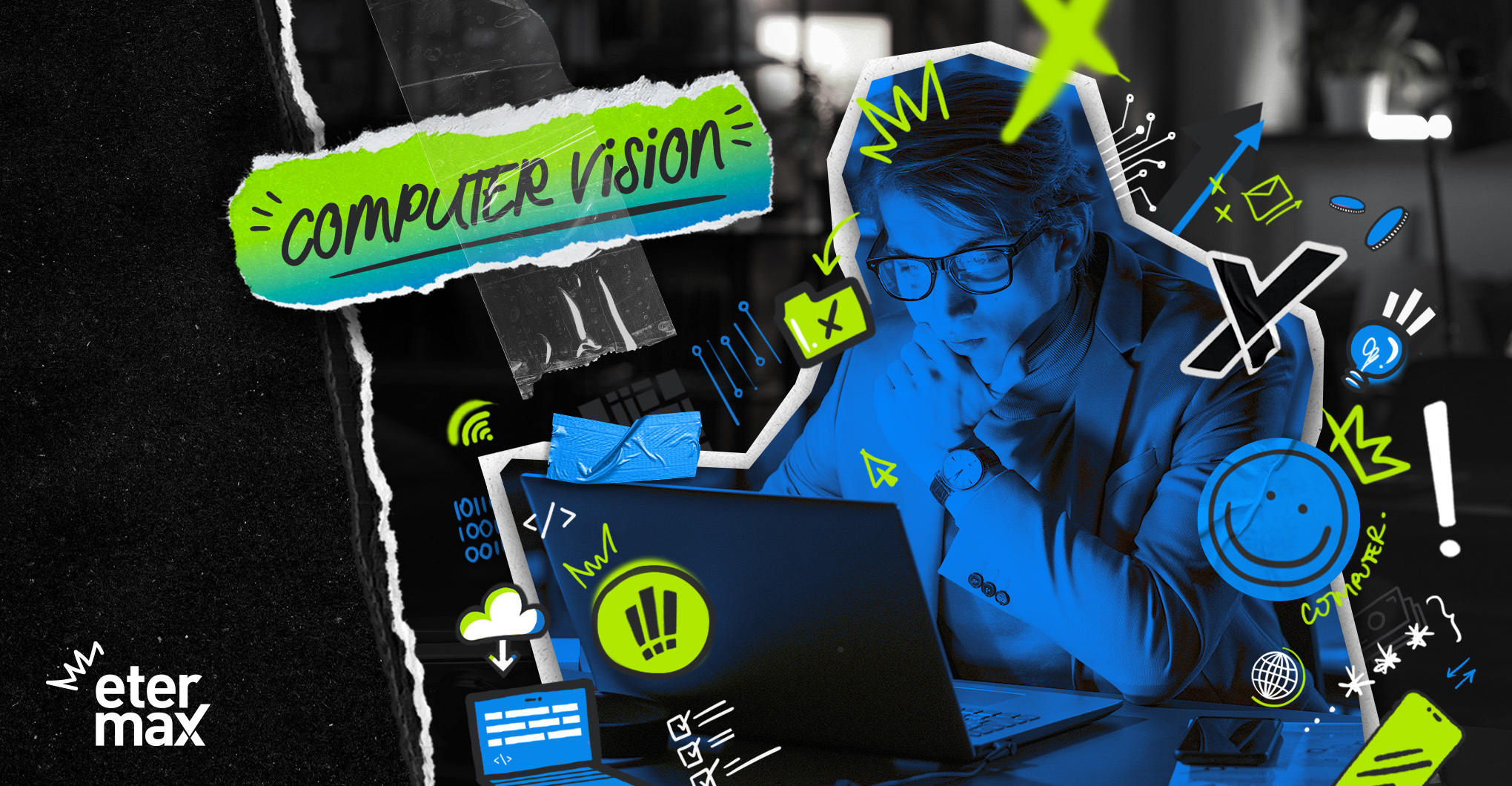Discover how this discipline works hand in hand with artificial intelligence
By Francisco Fernández, Project & Account Manager of etermax AI Labs
Computer vision, also referred to as artificial vision, is an interdisciplinary scientific field that deals with how computers can reproduce and process images to gain understanding from them. Essentially, computer vision seeks to emulate the human vision system so that machines can make decisions accordingly, just as humans do.
To replicate the human gaze, computers must extract data which can take many forms — such as images or videos — and can be attained using different devices — such as cameras or scanners. Then, these images are processed to improve their quality, and become the input of an automated development to recognize complex patterns that facilitate decision making in multiple domains.
How can it be applied?
Computer vision has numerous applications, such as in robotics where robots often need to recognize objects around them to interact with. Also, artificial vision is used in the field of security for facial recognition, and in the industry sector to spot defects or anomalies in parts or raw materials on assembly lines through images in automated processes.
A typical use of computer vision is autonomous driving, where control systems recognize the road using cameras. This allows vehicles to emulate the human ability to detect obstacles and hazards, and make driving decisions in real time.
Another notable use case of this technology is its application in the field of medicine.
Because imaging and computing equipment are easily accessible, computer vision has extended rapidly in this field, and more and more healthcare professionals use this technology to make quicker and more accurate diagnoses.
Computer vision algorithms are trained to classify images and detect patterns which are recognized through business rules defined by users according to their needs.
At etermax AI Labs, we develop solutions for a range of sectors ranging from healthcare to law, such as the recognition of entities in legal documents like official communications and balance sheets for them to be processed and evaluated. This said, the range of possibilities is as broad as the needs of the final users.
Without doubt, computer vision is already among us to help us solve complex business processes using Artificial Intelligence, and allowing the collaboration between humans and machines in the most diverse contexts.
